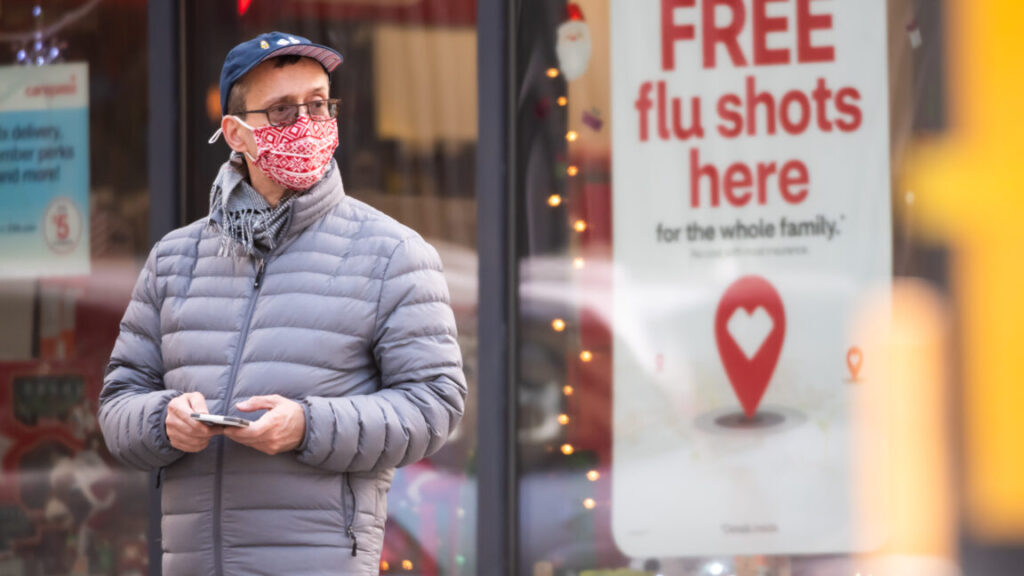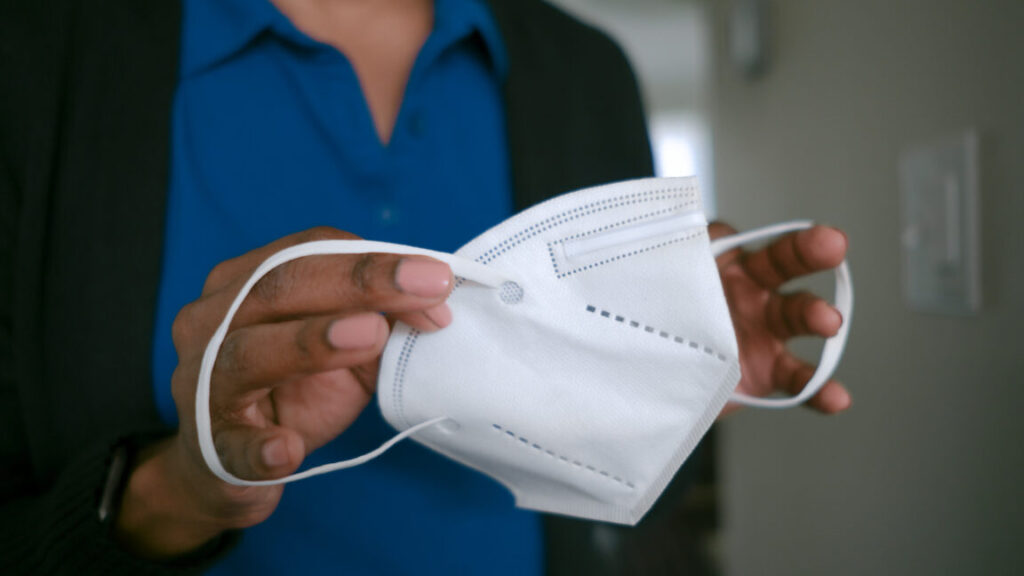Flu surges in Louisiana as health department barred from promoting flu shots
The statement seemed to offer an assurance that other vaccines were not subject to the new restrictions. “Changes regarding seasonal vaccines like COVID and influenza do not change the Department’s policy or messaging regarding childhood immunizations,” it read.
This flu season, the health department has reportedly canceled standard vaccination events and clinics. On social media, the department has avoided mentioning flu shots in posts about the flu, instead advising people to wash their hands and cover their coughs.
While Louisiana is seeing an early surge in influenza, the rest of the country is on an upward trend in what appears to be a normal-looking season so far. Nationally, the percentage of doctor visits that were for ILIs is 3.8 percent, with the upswing in ILI activity similar to what was seen in the 2019–2020 flu season at this point in the year. At the peak of flu seasons, the percentage of visits for ILIs usually tops out around 7 percent to 8 percent.

US ILI activity charted by week across several flu seasons Credit: CDC
Two children died last week of flu, bringing the season’s total pediatric deaths to four. In the 2023–2024 season, 206 children died with influenza-associated disease. Most of the deaths occurred in early 2024.
COVID-19 is also ramping up a winter wave. While standard disease burden indicators—hospitalization and deaths—are low, they’re trending positive. Wastewater surveillance, meanwhile, is showing a steep incline, with levels of the virus being detected at “moderate” levels.
Flu surges in Louisiana as health department barred from promoting flu shots Read More »



